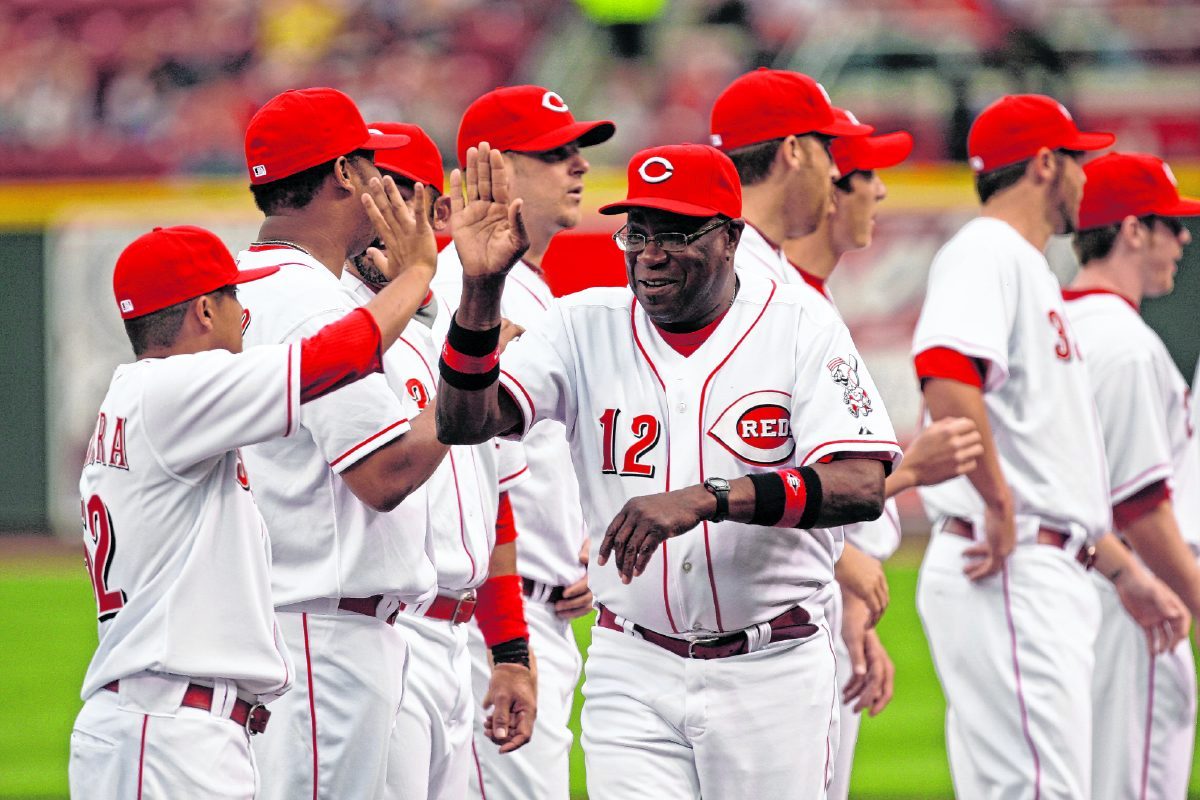
The joy of playing and the consolation of defeat are defined by two simple actions on the playing field that have so long been readily identified by competitors and fans.
And now, at the least, they are in jeopardy and very possibly doomed by aftereffect worries of the coronavirus.
We are talking about the post-game sportsmanship handshake line and the in-game exuberant high-five celebration.
Sports teams and their coaches in youth leagues, high school, college and amateur play have routinely formed polite lines and walked past opponents, win or lose, demonstrating this sportsmanlike gesture for so long no one remembers when or how it began.
[sc:text-divider text-divider-title=”Story continues below gallery” ]
Less so in professional sports, Major League Baseball, the NBA and the National Football League. The handshake is neither part of the regular scene nor expected. The exception, however, is the National Hockey League, where teams do participate in this ritual after the final buzzer.
Not sure what this says about the NHL versus the others. Classier? More down-to-earth?
If the pros are jaded and don’t wish to pretend, for the nonprofessionals there is more deep-rooted meaning, some lessons to be learned, symbolism to be expressed. The sportsmanship group handshake line is a statement. It announces to the opponent and the witnesses that although everyone gave their all, spent their energy and their sweat, that regardless of the victor, all is well.
The game is over and there are no hard feelings. Once in a huge while, confrontations do emerge in the handshake line, but they are so rare and considered to be in such bad form, a violation of civility, that punishment retribution is generally swiftly applied.
Historians actually date the existence of the handshake to the 5th century B.C. in Greece. This was not at the conclusion of a Stanley Cup match, but taken as evidence that individuals from afar came in peace. When right hands were stretched out, it signified there were no hidden knives or other weapons handy.
Right now, alas, as we wrestle with this viral pandemic and people are asked to stay as far apart as possible (at least six feet), there is no handshaking. Even in formal introductions in daily life outside the arena, people are resorting to elbow bumps and occasionally fist bumps. That is because the long-revered handshake has actually become a weapon, very much a threatening action because it could transmit dangerous germs.
The high-five is a latecomer to the hand-meets-hand repertoire. This gesture is between teammates, rather than a link between opponents.
Although there is less vagueness about how high-fives began than how handshakes got on a roll way back when, it has a fairly certain origin, albeit one many centuries later.
Fast forward from ancient Greece to modern U.S. of A. in the late 1970s. While playing for the Los Angeles Dodgers on Oct. 2, 1977, Glenn Burke was credited with the spontaneous move that caught on when he delivered a high-five to teammate Dusty Baker, currently manager of the Houston Astros.
It was the last day of the regular season and L.A. was playing Houston when Baker blasted his 30th home run of the year. Burke dashed out to greet him, raised his palm in the air and Baker spontaneously slapped it. And although others claimed first-dibs rights, this duo was given credit, and a trend was born.
From the one-on-one high-five, the exultant maneuver developed subsidiary effects, like the low-five, or entire teams slapping five. In terms of frequency of use, the high-five has almost assuredly surpassed the handshake in sports.
The handshake, certainly for a whole team, is trotted out just once per game. High-fives can break out following any big basket on the court or any home run or inning-ending strikeout on the field.
Even when the games return with spectators, post-virus alarm, such displays of hand-to-hand intimacy will be discouraged initially, indefinitely, but hopefully not forever.
